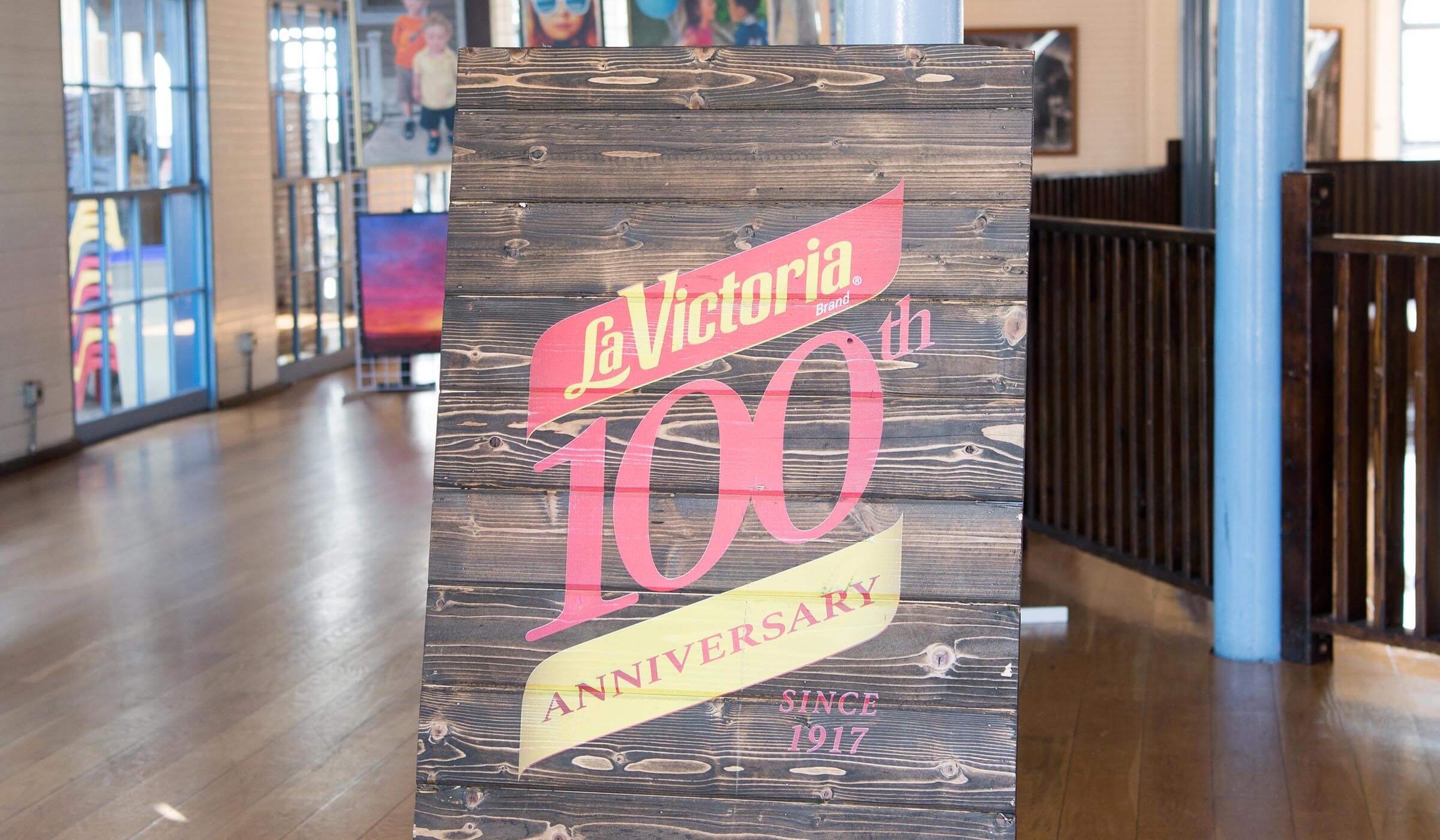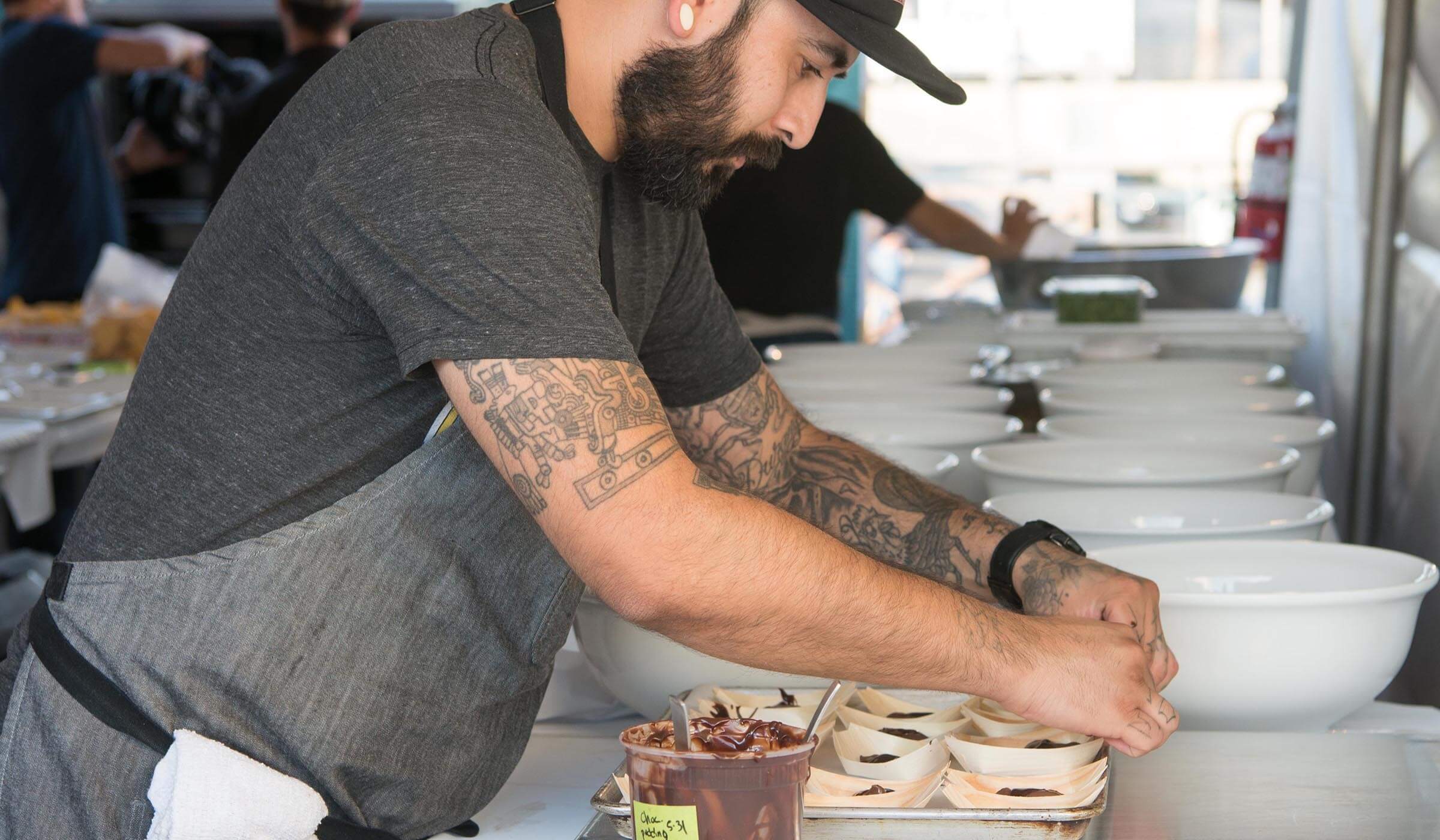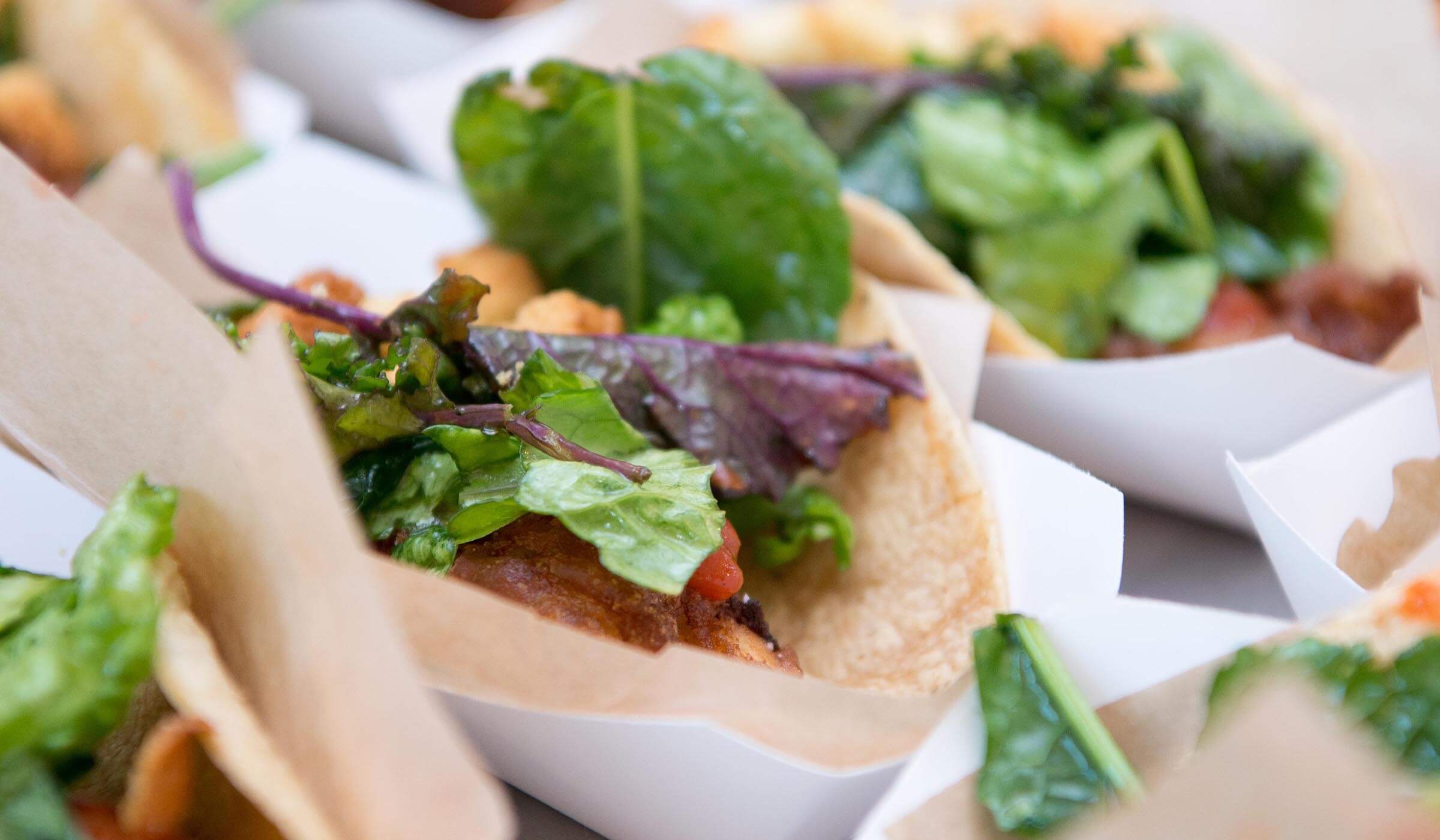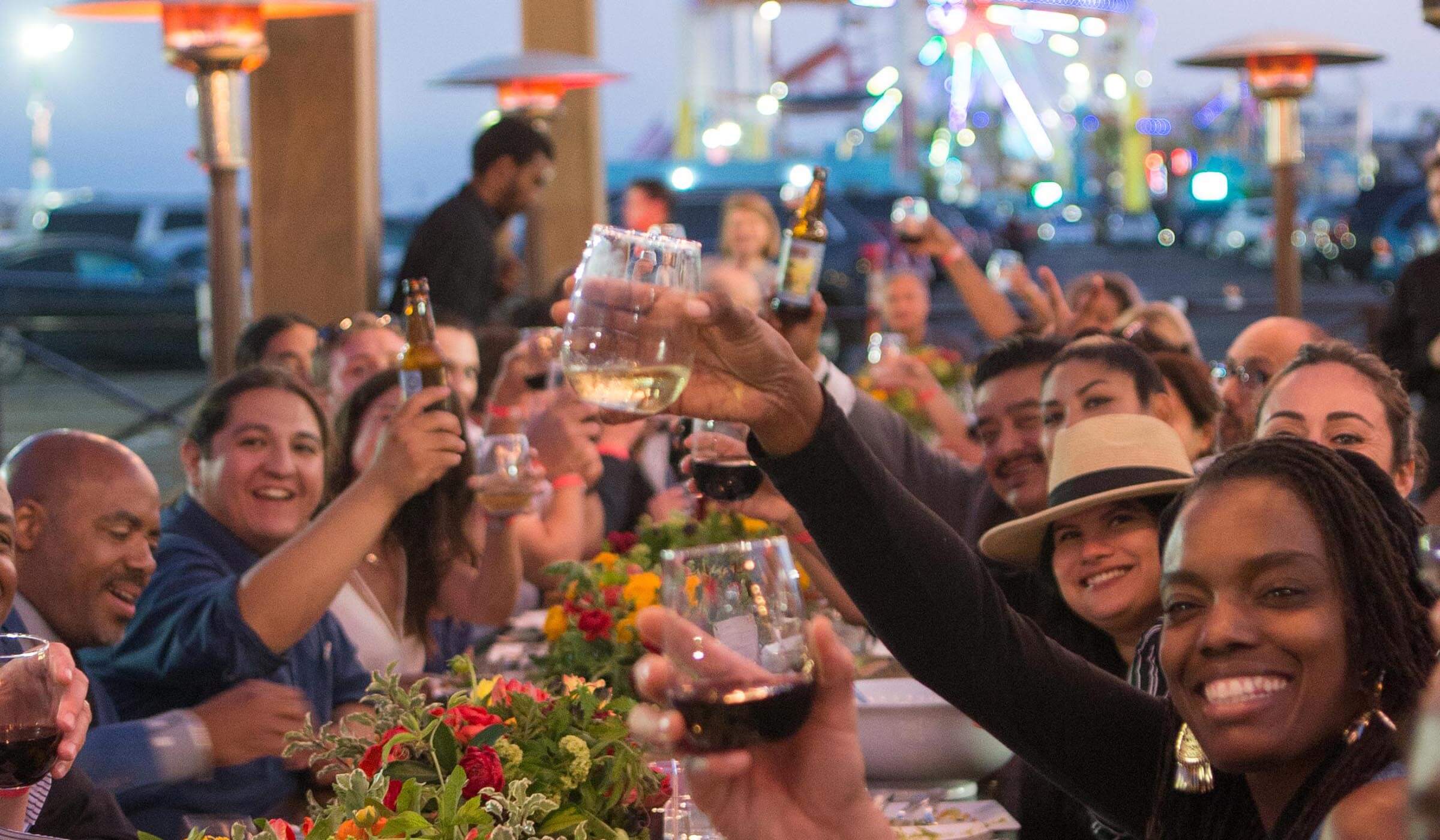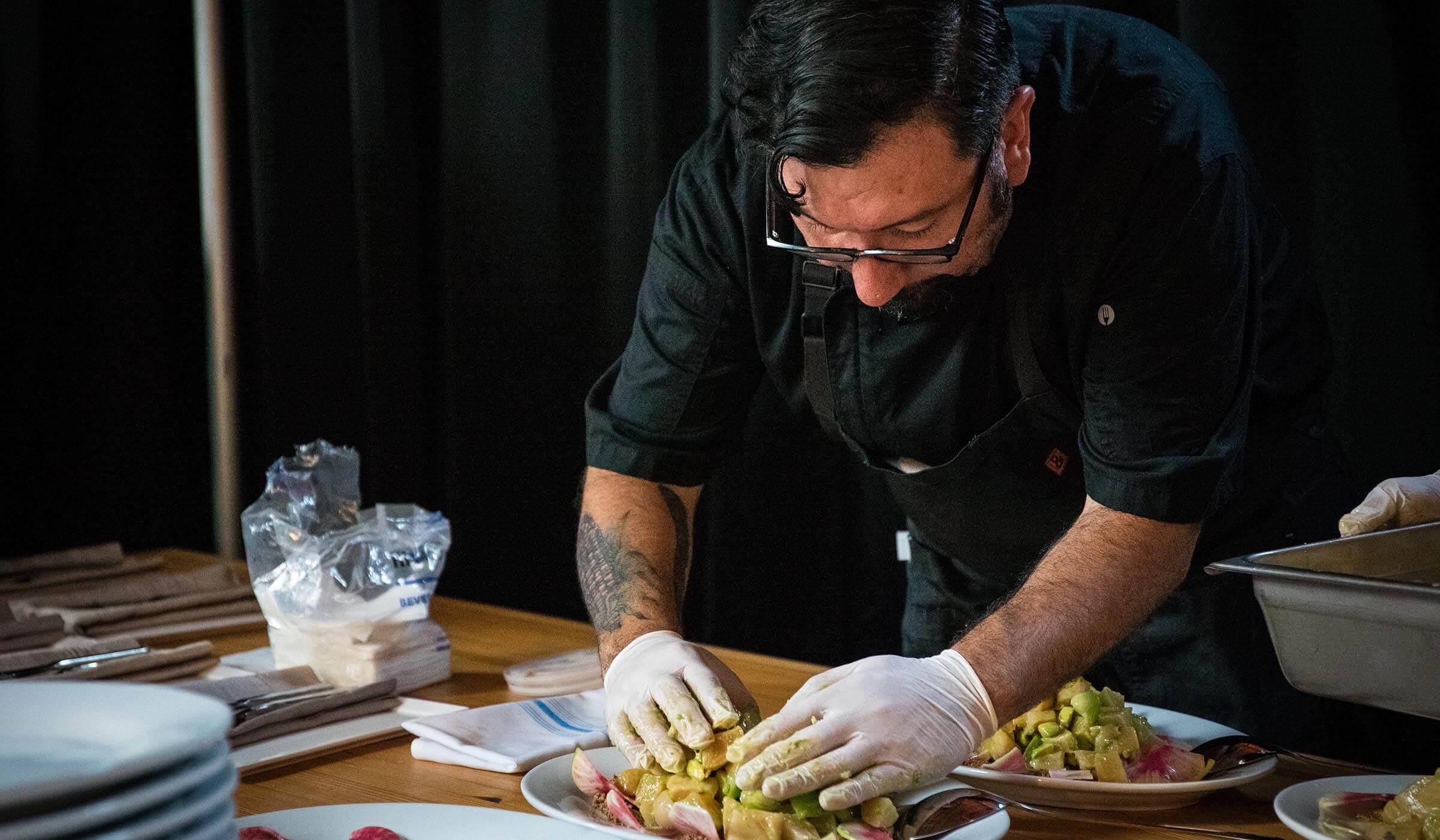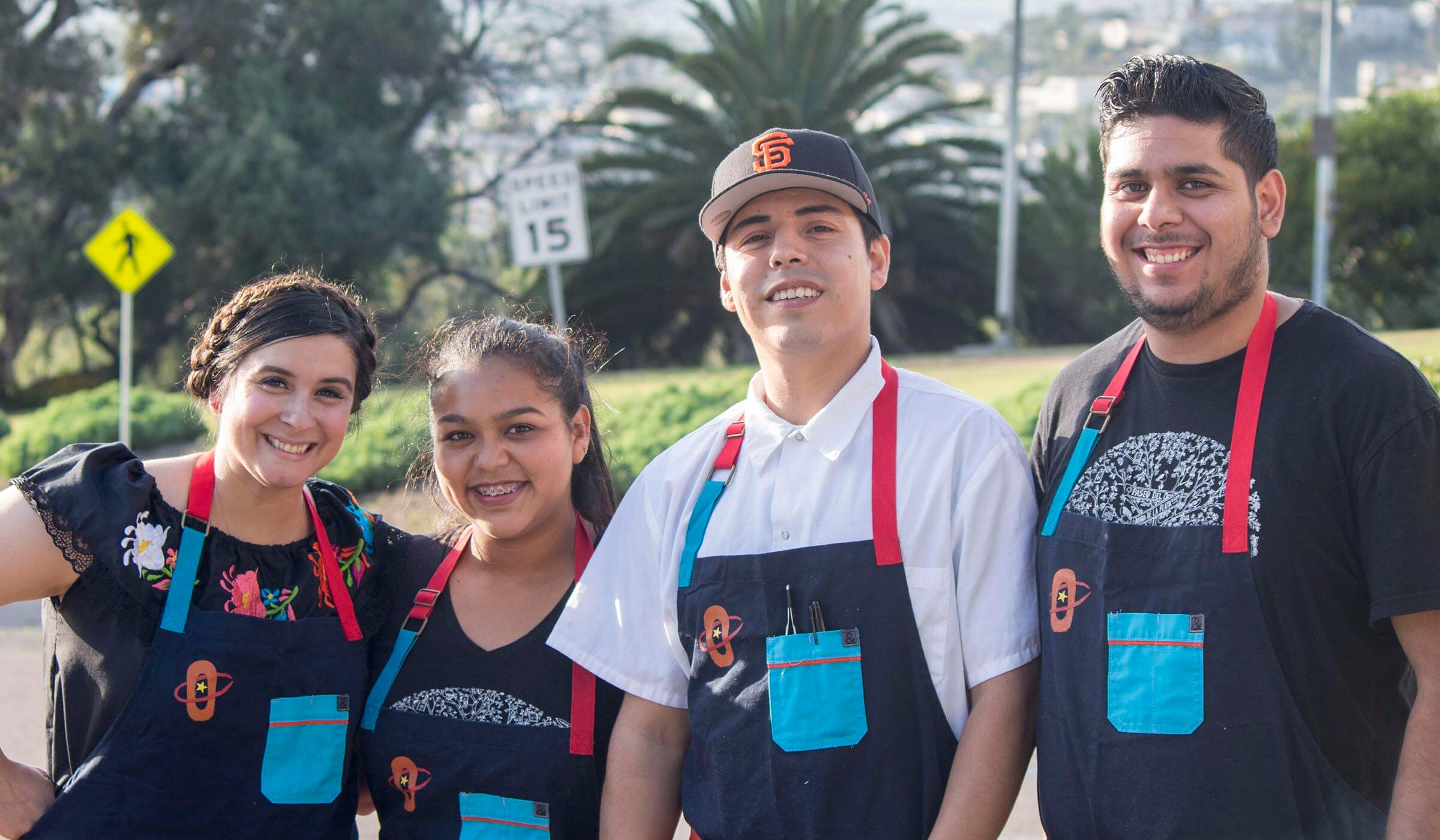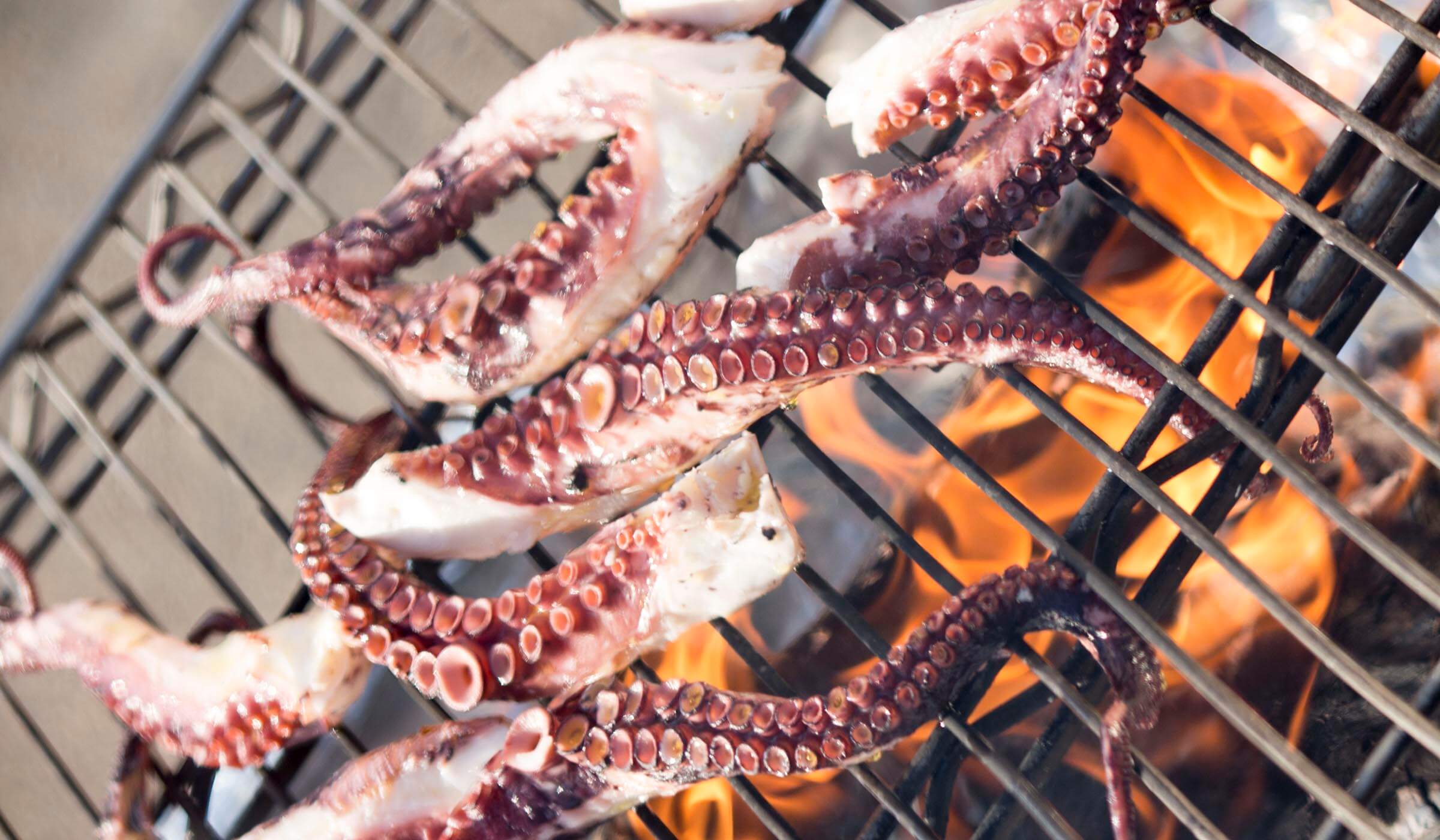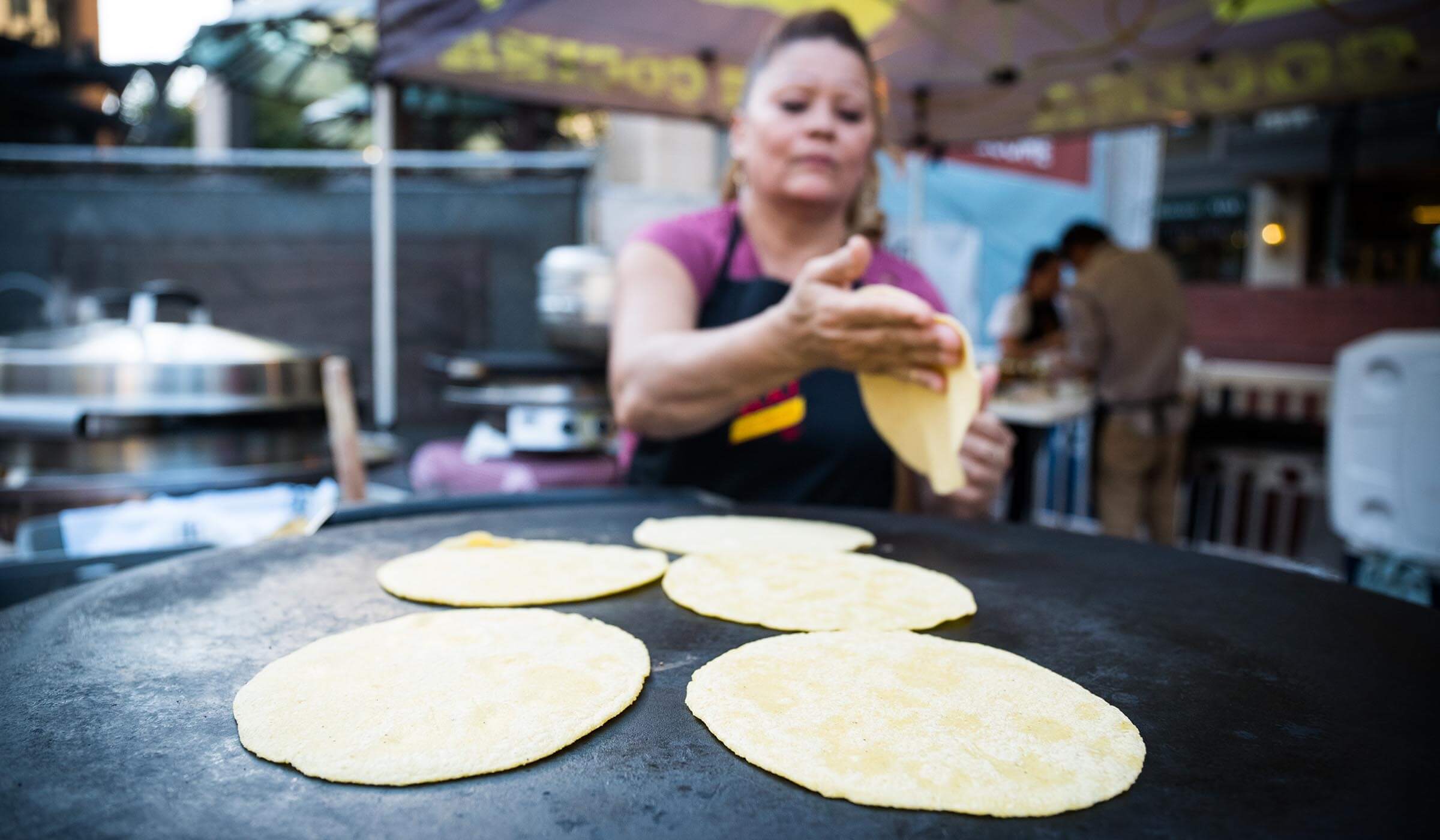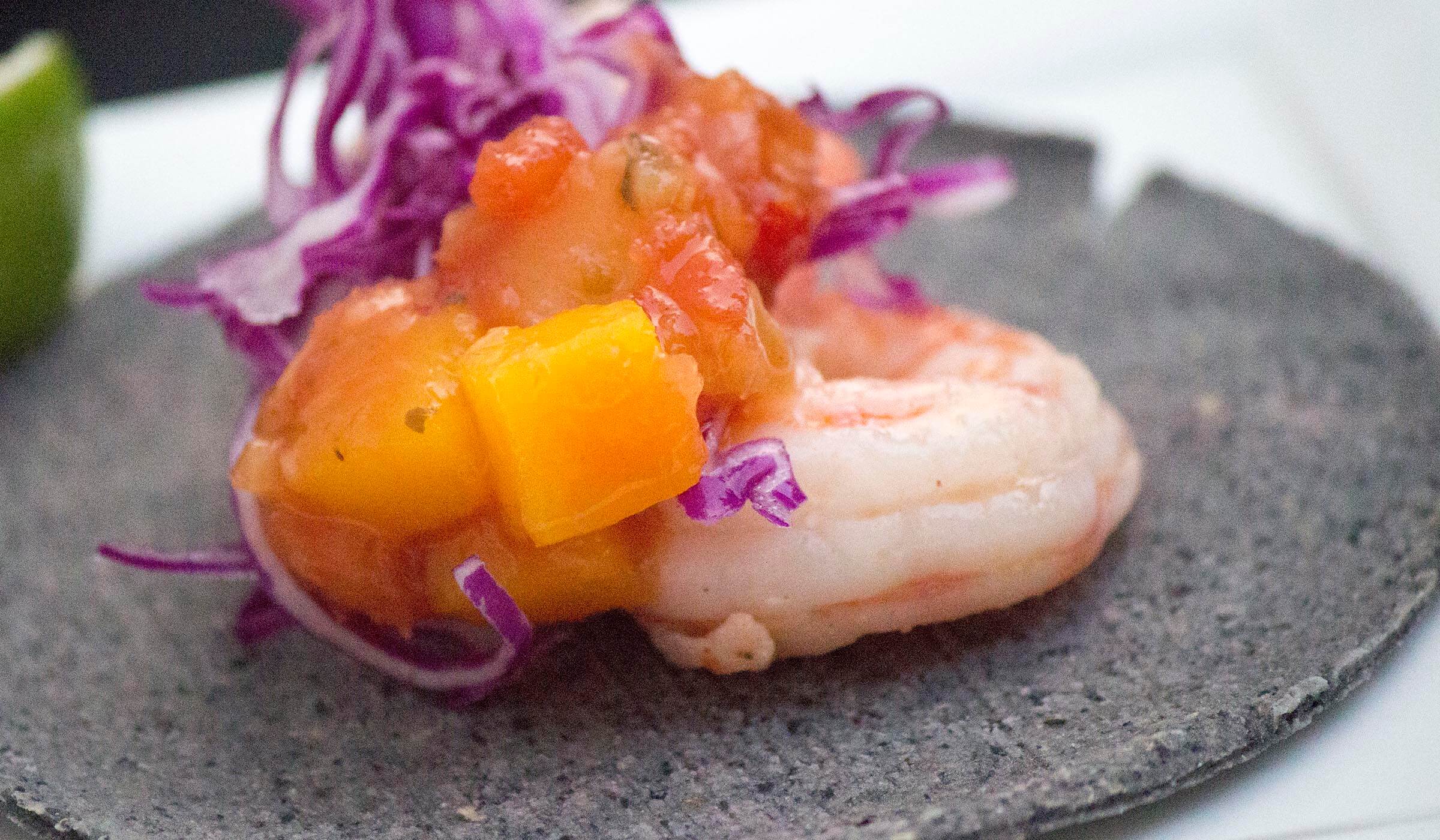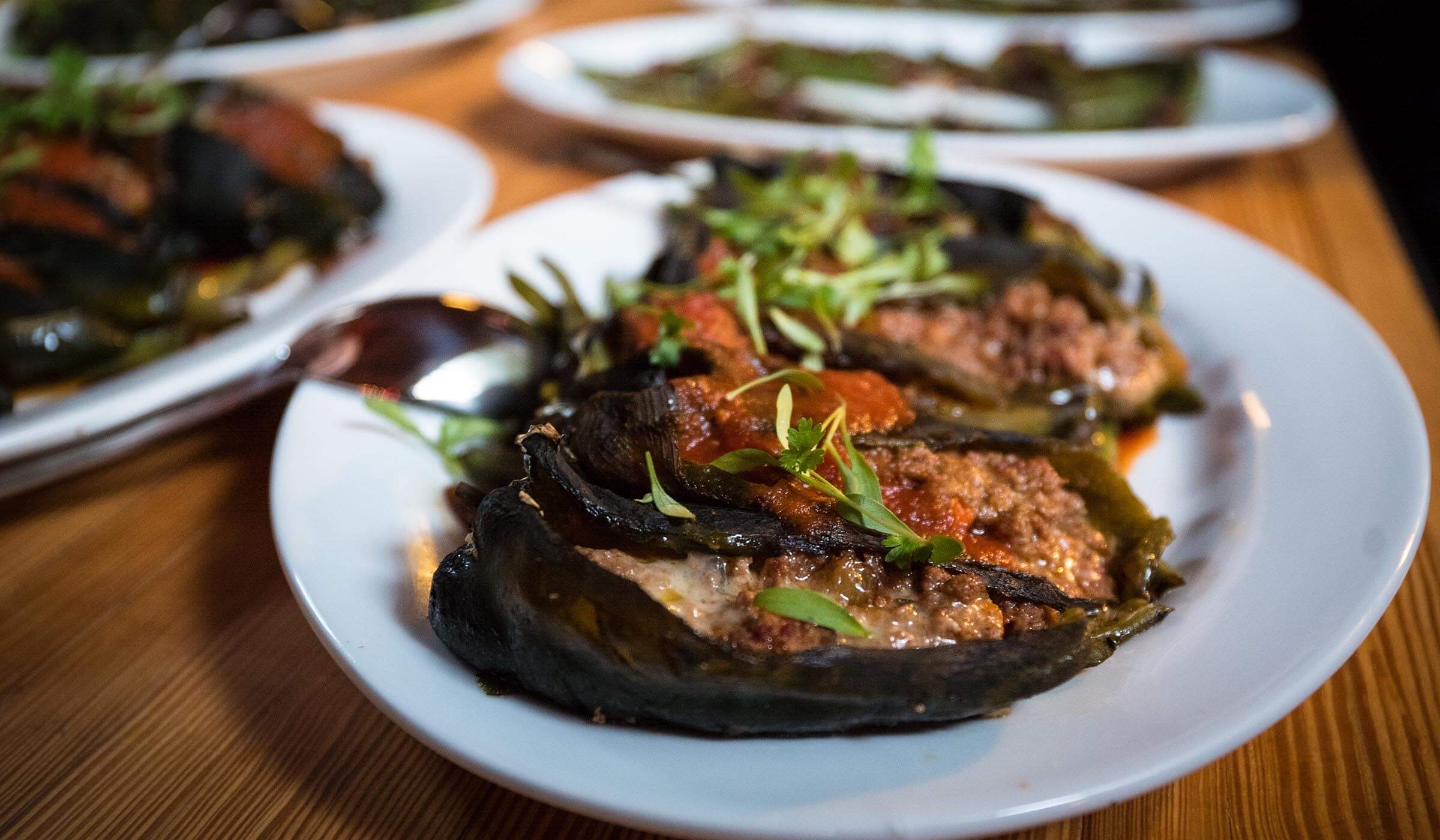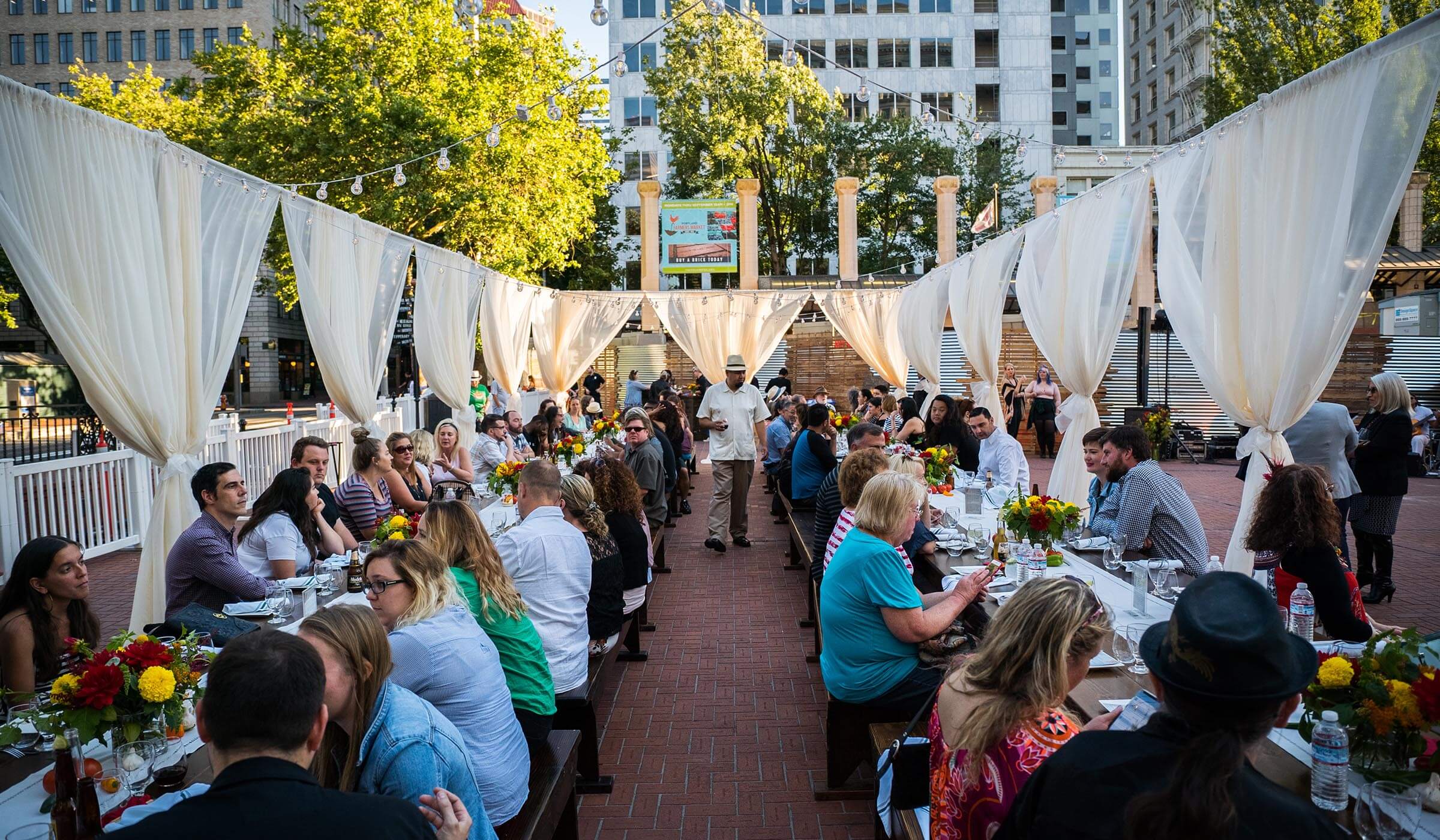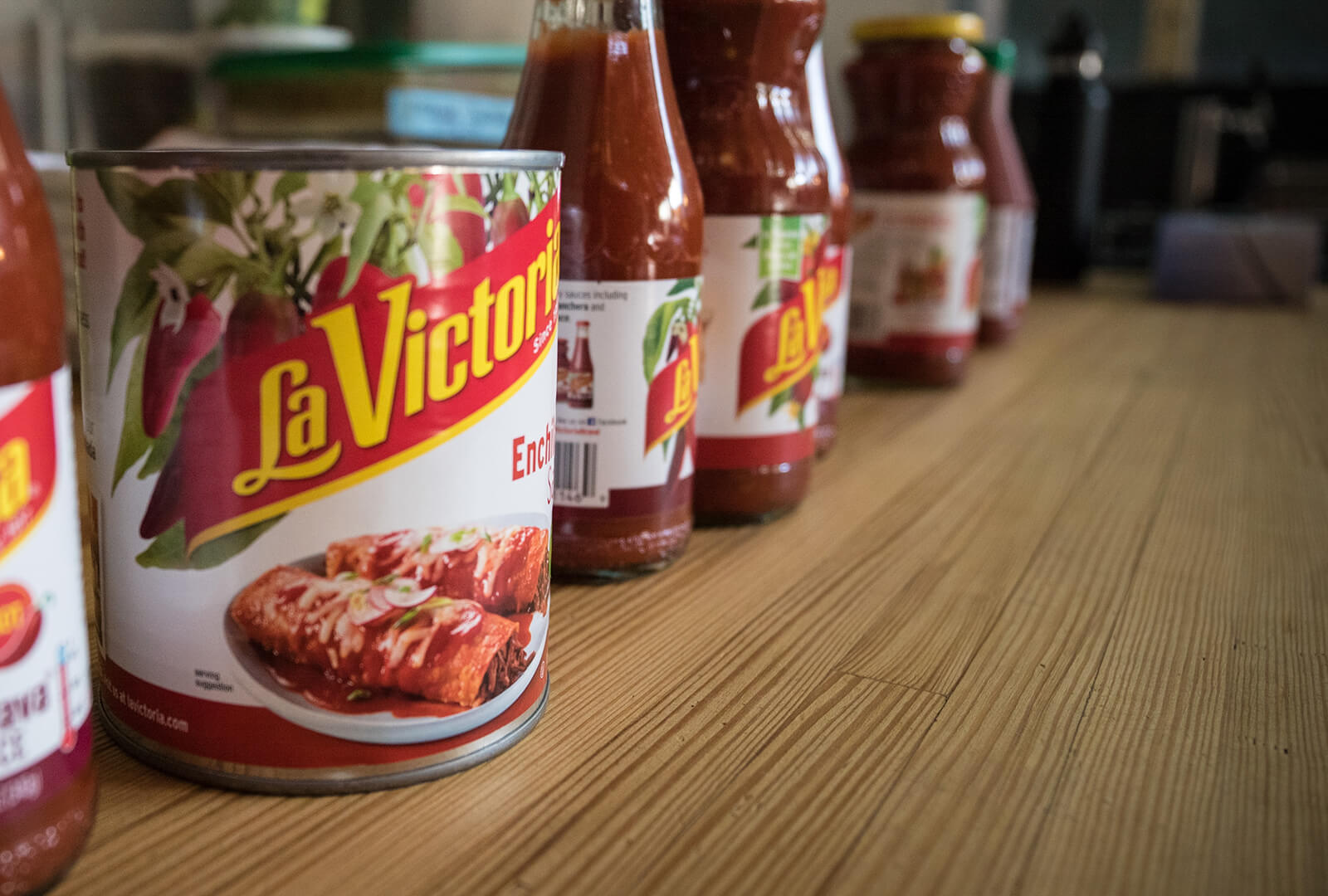
When the La Baca family began selling their homemade salsa to Angelenos in 1917, it wasn’t a moment too soon. The American “melting pot,” so beloved as a cultural metaphor, was seriously hurting as a culinary reality.
A typical menu of the period boasted such savorless stalwarts as potted meats, stuffed prunes and creamed cabbage. As diverse as the population of Southern California was becoming, the food you could buy in grocery stores and order in restaurants was pretty bland. Consommé says it all. So does “baked” and “boiled.”
Into this “culinary abyss,” as food writer Amanda Hesser refers to the first decades of the twentieth century, came a revolution of flavor that would electrify American palates and banish beige food to the compost bin of history. La Victoria®salsa arrived during this grand awakening of the American palate, and for a hundred years there’s been no putting el Diablo back in the bottle.
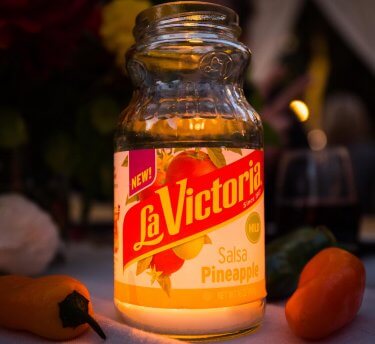
The History of Fresh
Although Mexicans had lived in California since the late 1700s, a boom in agriculture and a war at home brought greater numbers in the early part of the new century. Not unlike today, their labor was in high demand, while their culture was a knottier proposition.
“Food is an ambassador to make friends and show who you are,” says Tanya Rodriguez, cultural anthropologist at Hormel Foods. If the way to a nation’s heart is through its stomach, the La Bacas hit the spot with their Salsa Brava hot sauce — the first jarred salsa in American history.
Like all immigrant families, the La Bacas brought with them both hopes of renewal and treasured traditions. Among the traditions was a recipe for a flavorful sauce that — if you go back far enough — pre-dates ketchup, mayonnaise and possibly the wheel.
Taco sauce was a gateway to hook people into moving on to stronger stuff.
Gustavo Arellano, author of Taco USA
Long before Columbus, peppers and tomatoes had traveled with the Incas into Mexico, where the Mayans and Aztecs combined them to make a truly world-class condiment.
Another thing the La Bacas brought was a practice of using fresh ingredients, a foreshadowing of Californian cuisine that was terribly out of step with the efficiency-crazed era. While homemakers were making recipes that began with “Dice the contents of one can,” the La Bacas were sourcing fresh tomatoes from the Central Valley to make their salsa fresca (fresh sauce).
Salsa and Beyond
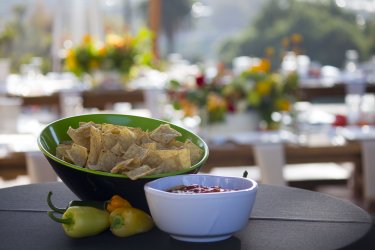
In 1941, the La Victoria® brand story took a turn. The La Bacas and their salsa were known and loved in the Mexican community, but it was a German immigrant — their top salesman, Henry Tanklage — who was convinced that the American palate was ready for something new.
Tanklage bought the company to prove his hunch. “He loaded up his trunk with cases of salsa and barnstormed the West,” says La Victoria® brand manager Sebastian Friedman. “His hunch was spot on.”
Tanklage formed the La Victoria Sales Company to market a new salsa line, introducing red and green taco and enchilada sauces. By 1946, La Victoria® salsas were covering a broad salsa spectrum, with blends including green chili salsa and red salsa jalapeño.
“Americans were just familiarizing themselves with tacos at the time,” laughs Gustavo Arellano, author of Taco USA: How Mexican Food Conquered America. “Taco sauce was a gateway to hook people into moving on to stronger stuff.”
It starts at street level — in kitchens, markets and food trucks — not in the Ivory Tower.
Tanya Rodriguez, cultural anthropologist at Hormel Foods
Ultimately, past and future collided in — where else? — California. The flavor and freshness that was déclassé in much of twentieth-century American cuisine became all the rage in the nation’s trendsetting frontier state. Mexican cooking tag-teamed with Californian cuisine to take American dining into whole new realms of flavor and imagination.
“Part of what makes Mexican food so appealing is its accessibility,” says Rodriguez, a descendant of Michoacano ranchers. “It starts at street level — in kitchens, markets and food trucks — not in the Ivory Tower.”
100 Years Later
Food Network darlings like the Lime Truck, winner of “The Great Food Truck Race” and a proud purveyor of La Victoria® salsa to pair with mashups like Crispy Ahi Tuna Poke Tacos. The melting pot never tasted so good, and the La Bacas’ humble table sauce was there from the beginning.
Salsa has topped ketchup as America’s No. 1 condiment and tacos have their own night of the week. Small wonder, then, that in 2009 a joint venture called MegaMex was created by two iconic food brands — Hormel Foods and Herdez Del Fuerte — in order to bring even more Mexican flavor to the states and beyond.
“We’ve always eaten Hormel Foods products,” says Rodriguez of her company’s place in both her own family’s history and the Mexican immigrant experience writ large. “SPAM® classic was our protein on the migrant trail, in the back of trucks and plant and pick farms. And if my grandfather struck out hunting or fishing, we ate Dinty Moore® beef stew.”
“Hormel Foods and the La Victoria® brand are in the same age range,” notes Friedman about the companies’ enduring legacies, “and Hormel Foods has been making chili con carne since 1935.”
A native Midwesterner, Friedman is himself an immigrant to Southern California but has no plans on leaving. “Twenty years ago, I thought Taco Bell was the pinnacle of Mexican cuisine,” he says. “I’ve never been so happy to be so wrong.”
